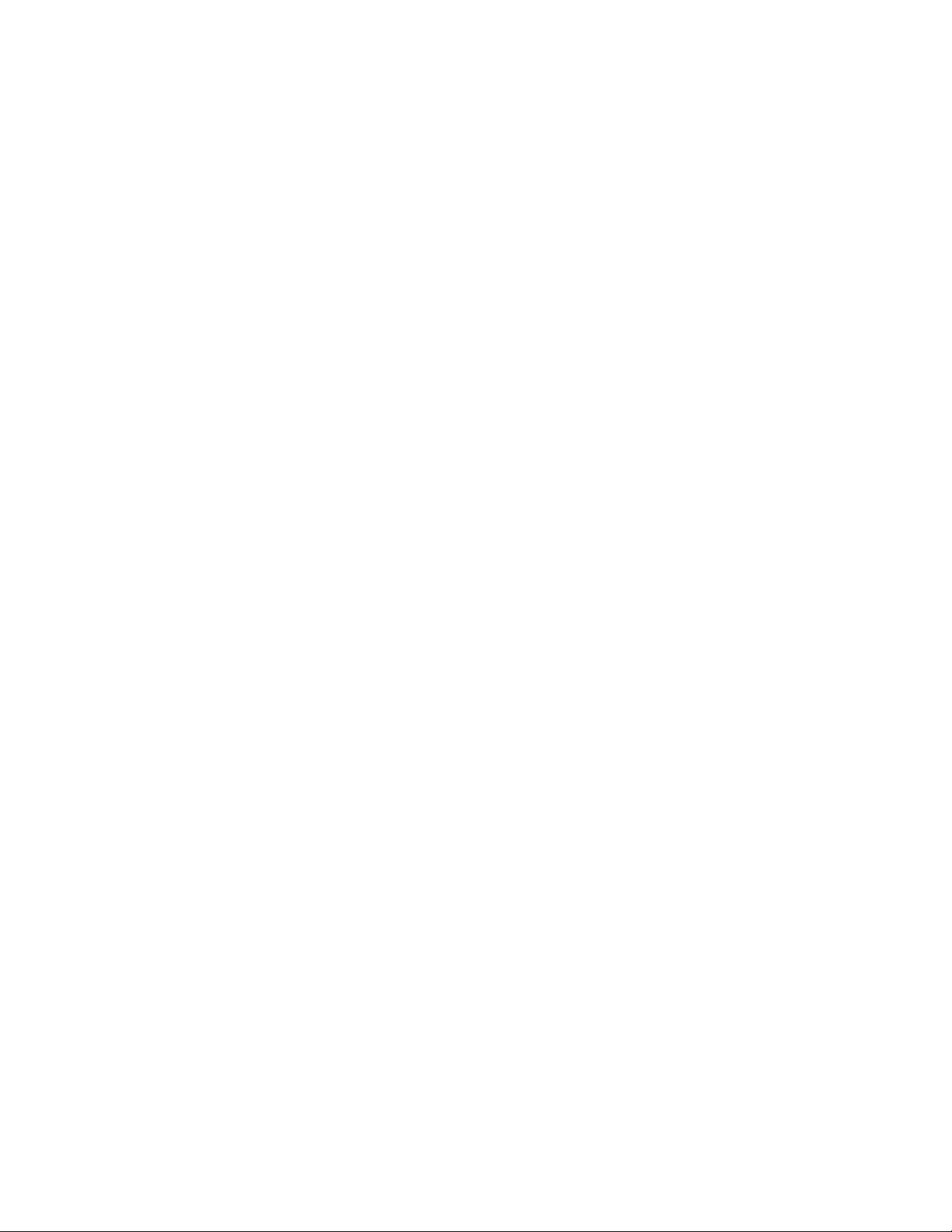
IEEE Std 802.11
™
-2007
(Revision of
IEEE Std 802.11-1999 )
IEEE Standard for
Information technology—
Telecommunications and information
exchange between systems—
Local and metropolitan area networks—
Specific requirements
Part 11: Wireless LAN Medium Access Control (MAC)
and Physical Layer (PHY) Specifications
I E E E
3 Park Avenue
New York, NY 10016-5997, USA
12 June 2007
IEEE Computer Society
Sponsored by the
LAN/MAN Standards Committee


IEEE Std 802.11
™
-2007
(Revision of
IEEE Std 802.11-1999)
IEEE Standard for
Information Technology—
Telecommunications and information
exchange between systems—
Local and metropolitan area networks—
Specific requirements
Part 11: Wireless LAN Medium Access Control (MAC)
and Physical Layer (PHY) Specifications
Sponsor
LAN/MAN Committee
of the
IEEE Computer Society
Approved 8 March 2007
IEEE-SA Standards Board

The Institute of Electrical and Electronics Engineers, Inc.
3 Park Avenue, New York, NY 10016-5997, USA
Copyright © 2007 by the Institute of Electrical and Electronics Engineers, Inc.
All rights reserved. Published 12 June 2007. Printed in the United States of America.
IEEE is a registered trademark in the U.S. Patent & Trademark Office, owned by the Institute of Electrical and Electronics
Engineers, Incorporated.
Print: ISBN 0-7381-5655-8 SH95708
PDF: ISBN 0-7381-5656-6 SS95708
No part of this publication may be reproduced in any form, in an electronic retrieval system or otherwise, without the prior
written permission of the publisher.
Abstract: This revision specifies technical corrections and clarifications to IEEE Std 802.11 for
wireless local area networks (WLANS) as well as enhancements to the existing medium access
control (MAC) and physical layer (PHY) functions. It also incorporates Amendments 1 through 8
including a corrigendum.
Keywords: 2.4 GHz, 4.9 GHz, 5 GHz, advanced encryption standard, AES, carrier sense multiple
access/collision avoidance, CCMP, Counter mode with Cipher-block chaining Message
authentication code Protocol, confidentiality, CSMA/CA, DFS, dynamic frequency selection,
international roaming, LAN, local area network, MAC, medium access controller, PHY, physical
layer, QoS, quality of service, radio frequency, RF, temporal key integrity protocol, TKIP, TPC,
transmit power control, wireless LAN, WLAN

IEEE Standards documents are developed within the IEEE Societies and the Standards Coordinating
Committees of the IEEE Standards Association (IEEE-SA) Standards Board. The IEEE develops its standards
through a consensus development process, approved by the American National Standards Institute, which brings
together volunteers representing varied viewpoints and interests to achieve the final product. Volunteers are not
necessarily members of the Institute and serve without compensation. While the IEEE administers the process
and establishes rules to promote fairness in the consensus development process, the IEEE does not independently
evaluate, test, or verify the accuracy of any of the information contained in its standards.
Use of an IEEE Standard is wholly voluntary. The IEEE disclaims liability for any personal injury, property or
other damage, of any nature whatsoever, whether special, indirect, consequential, or compensatory, directly or
indirectly resulting from the publication, use of, or reliance upon this, or any other IEEE Standard document.
The IEEE does not warrant or represent the accuracy or content of the material contained herein, and expressly
disclaims any express or implied warranty, including any implied warranty of merchantability or fitness for a
specific purpose, or that the use of the material contained herein is free from patent infringement. IEEE Standards
documents are supplied “AS IS.”
The existence of an IEEE Standard does not imply that there are no other ways to produce, test, measure,
purchase, market, or provide other goods and services related to the scope of the IEEE Standard. Furthermore, the
viewpoint expressed at the time a standard is approved and issued is subject to change brought about through
developments in the state of the art and comments received from users of the standard. Every IEEE Standard is
subjected to review at least every five years for revision or reaffirmation. When a document is more than five
years old and has not been reaffirmed, it is reasonable to conclude that its contents, although still of some value,
do not wholly reflect the present state of the art. Users are cautioned to check to determine that they have the
latest edition of any IEEE Standard.
In publishing and making this document available, the IEEE is not suggesting or rendering professional or other
services for, or on behalf of, any person or entity. Nor is the IEEE undertaking to perform any duty owed by any
other person or entity to another. Any person utilizing this, and any other IEEE Standards document, should rely
upon the advice of a competent professional in determining the exercise of reasonable care in any given
circumstances.
Interpretations: Occasionally questions may arise regarding the meaning of portions of standards as they relate to
specific applications. When the need for interpretations is brought to the attention of IEEE, the Institute will initiate
action to prepare appropriate responses. Since IEEE Standards represent a consensus of concerned interests, it is
important to ensure that any interpretation has also received the concurrence of a balance of interests. For this
reason, IEEE and the members of its societies and Standards Coordinating Committees are not able to provide an
instant response to interpretation requests except in those cases where the matter has previously received formal
consideration. At lectures, symposia, seminars, or educational courses, an individual presenting information on
IEEE standards shall make it clear that his or her views should be considered the personal views of that individual
rather than the formal position, explanation, or interpretation of the IEEE.
Comments for revision of IEEE Standards are welcome from any interested party, regardless of membership
affiliation with IEEE. Suggestions for changes in documents should be in the form of a proposed change of text,
together with appropriate supporting comments. Comments on standards and requests for interpretations should
be addressed to:
Secretary, IEEE-SA Standards Board
445 Hoes Lane
Piscataway, NJ 08854
USA
Authorization to photocopy portions of any individual standard for internal or personal use is granted by the
Institute of Electrical and Electronics Engineers, Inc., provided that the appropriate fee is paid to Copyright
Clearance Center. To arrange for payment of licensing fee, please contact Copyright Clearance Center, Customer
Service, 222 Rosewood Drive, Danvers, MA 01923 USA; +1 978 750 8400. Permission to photocopy portions of
any individual standard for educational classroom use can also be obtained through the Copyright Clearance
Center.















- 1
- 2
- 3
前往页